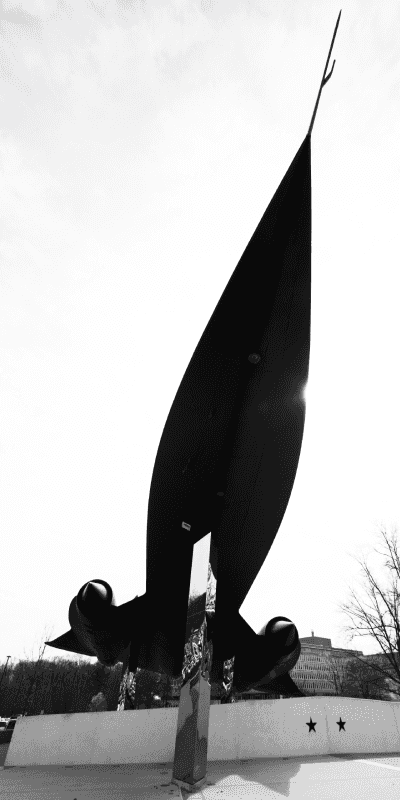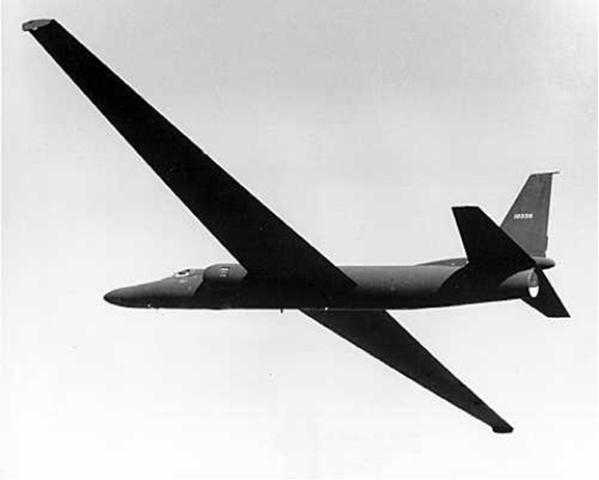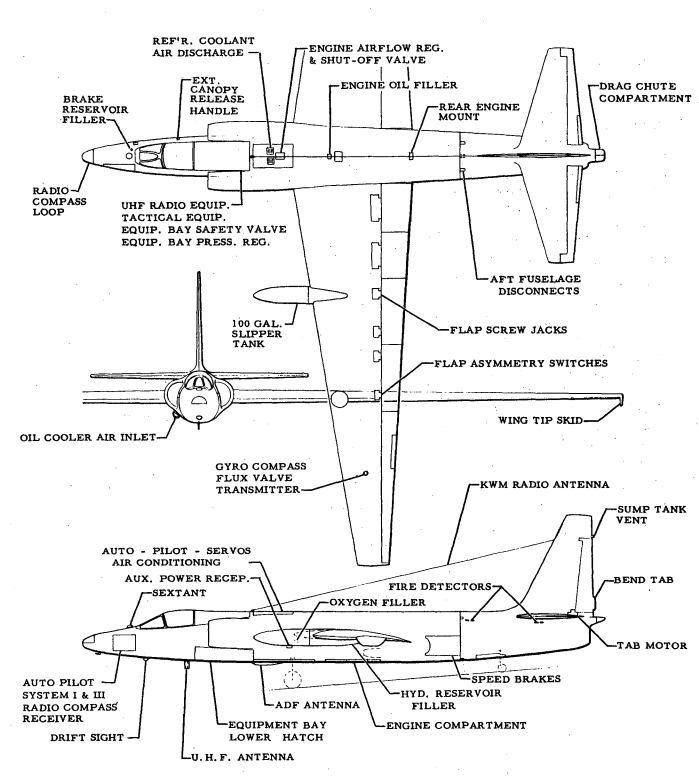Spy Planes of the CIA, Part One: The U-2
Did you know that, once upon a time, CIA was in the plane-making business? It wasn’t a long career, but it certainly was an exciting one.
This story begins just a few years after the creation of CIA (1947), in the early 1950s. The United States had just entered into the Cold War against former World War II ally, the Soviet Union, and realized that it knew dangerously little about its new adversary.
President Dwight D. Eisenhower asked CIA to create an overhead collection program that would give the United States more insight into the military capabilities of the Soviet Union.
Eisenhower believed that overhead imagery of the Soviet Union would give U.S. policymakers and military leaders the information they needed to make well-informed decisions about how to engage with the famously secretive Soviet Union. And he thought CIA was just the group to get the job done.
Always the over-achiever, CIA – in partnership with legendary Lockheed designer Kelly Johnson – created, tested, and delivered a final product in just 18 months (and a few million dollars under-budget). That plane, a sleek power glider, would be called the U-2.



